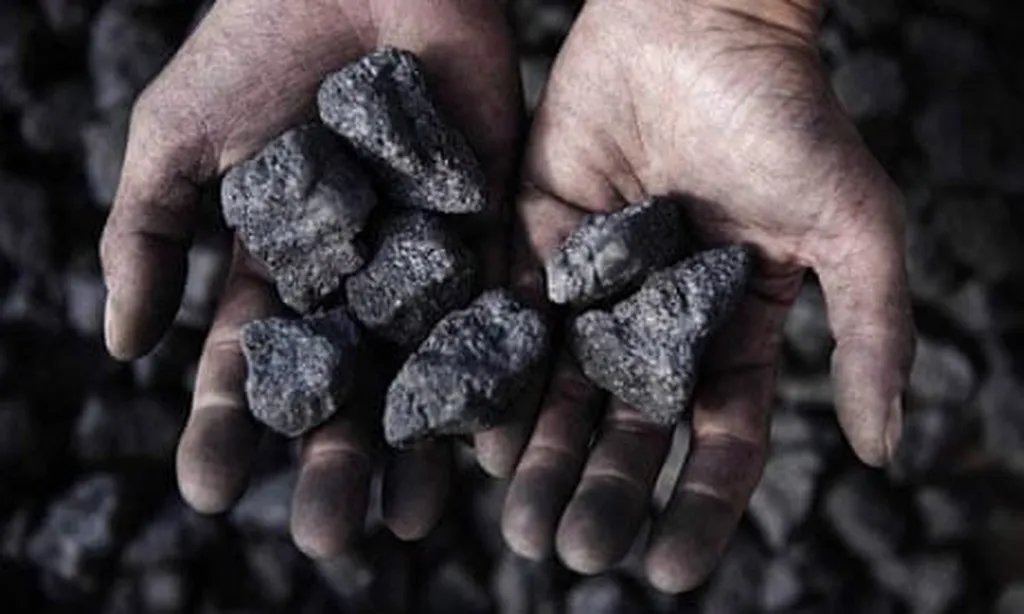In the quest for sustainable industrial practices, a novel approach to carbon capture, utilization, and storage (CCUS) is gaining traction, and it’s not what you might expect. Researchers have turned their attention to steel slags, a byproduct of the steel manufacturing process, which can react with carbon dioxide to form stable carbonates and silicates. This process, known as mineral carbonation, offers a promising pathway for reducing carbon emissions while also creating valuable byproducts. A recent study published in the Journal of Sustainable Development of Energy, Water and Environment Systems delves into the environmental and economic impacts of this technology, providing crucial insights for the energy sector.
The study, led by Ponnapat Watjanatepin from KU Leuven in Belgium, quantifies the environmental and economic impacts of steel slag mineral carbonation using life cycle assessment and life cycle costing, respectively. The research employs multi-criteria decision analysis to identify optimal trade-offs between these impacts, paving the way for further upscaling and adoption of the technology.
“Mineral carbonation of steel slags presents a unique opportunity to address two significant challenges: reducing carbon emissions and finding beneficial uses for industrial byproducts,” Watjanatepin explained. “By assessing both the environmental and economic aspects, we can determine the most feasible scenarios for industrial implementation.”
The study found that basic oxygen slags with a specific treatment process showed the most promise, offering an optimal balance between environmental benefits and economic viability. This finding is a significant step forward in advancing steel slag mineral carbonation and enhancing the sustainability of the steel manufacturing value chain.
The implications for the energy sector are substantial. As industries strive to meet increasingly stringent environmental regulations and reduce their carbon footprint, innovative technologies like mineral carbonation of steel slags offer a viable solution. Moreover, the potential to create valuable byproducts adds an economic incentive, making the technology more attractive for industrial adoption.
“This research highlights the importance of considering both environmental and economic factors when evaluating new technologies,” Watjanatepin noted. “By doing so, we can identify the most sustainable and feasible pathways for reducing carbon emissions and promoting a circular economy.”
The study’s findings contribute to the growing body of research on CCUS technologies and provide valuable insights for policymakers, industry stakeholders, and researchers. As the world continues to grapple with the challenges of climate change, innovative solutions like steel slag mineral carbonation offer hope for a more sustainable future.
In the broader context, this research could shape future developments in the field of CCUS, encouraging further exploration of mineral carbonation and other innovative technologies. By addressing both the environmental and economic aspects, the study provides a comprehensive assessment that can guide decision-making and drive progress towards a low-carbon future.
As the energy sector continues to evolve, the integration of sustainable practices and technologies will be crucial. The mineral carbonation of steel slags represents a promising avenue for reducing carbon emissions while also creating value from industrial byproducts. With further optimization and scaling, this technology could play a significant role in the transition to a more sustainable and circular economy.

